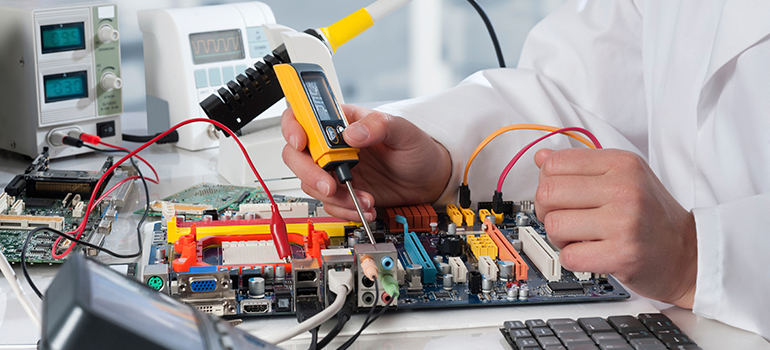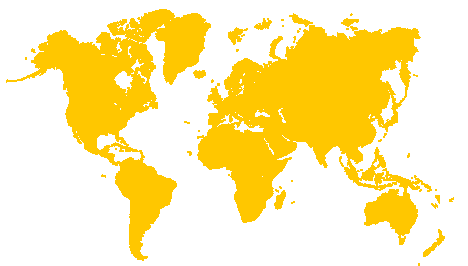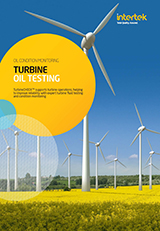Bunker Fuel Quality Data Article

"The bunker fuel industry must exercise caution and understanding of basic procedures which have been part of the testing world for decades."
By Wanda Fabriek, Retired
International fuel executive for Intertek, retired, and a consultant to ISO TC 28/ SC 4 Working Group 6 Convenor. Ms. Fabriek explains the importance of reliable test methods, published in www.bunkerspot.com. The following is a condensed version.
The industry should exercise understanding of basic procedures which have been part of the testing world for decades. All other specifications for other petroleum products make reference to ISO 4259 for dispute resolution. Even jet fuel specifications are not based on absolute limits. To prevent confusion, the industry should provide clear procedures for dealing with single results falling within the grey area as defined above. Given the high cost of bunker fuel, the stakes are high.
Specifications attempt to control the quality of the fuels manufactured and ensure the supply of a grade reasonably constant in its characteristics. The role of a specification or regulation is to measure independent properties by the prescribed test method and with adequate precision. Test method precision and accuracy have important implications in product quality control and quality assurance.
Standard ISO 4259: 1992 ‘Petroleum Products – Determination and application of precision data in relation to methods of tests (incl.Tech Cor 1:1993)’ governs the interpretation of the test results obtained against specification and regulation limits taking into account the precision data. The most important aspect of everyday testing is the fact that in the majority of cases the laboratory would produce only one result, called by ISO 4259 a single result. Even if a laboratory produced two or three results, we still would not really know which of the above four figures the laboratory performance would be matching. A particular laboratory may have a consistent bias due to operator or equipment error. The results obtained will be repeatable but far from a true value (not accurate). The potential "bias" of a laboratory can be established only when another laboratory produces another result. Ideally we want good precision and good accuracy, which is not always easy with some test methods. None of the test methods produce absolute or true values or true results. True result, as defined by ISO 4259, represents the average of an infinite number of single results obtained by an infinite number of laboratories.
Occasional human mistakes or omissions introduce random errors, which can be quantified for every test method and are called Repeatability (r), being the maximum allowable difference between the two results obtained by the same operator, on the same sample, using the same test method and equipment with the sample tested at the same time, would, in the long run, in the normal and correct operation of the test method, exceed the allowable difference only in one case in twenty (95% confidence).
Reproducibility (R), being the maximum allowable difference, between two single and independent results obtained using the same test method by different operators, working in different laboratories using identical test sample, would, in the long run, in the normal and correct operation of the test method, exceed the allowable difference only in one case in twenty (95% confidence).
Each test method contains precision data consisting of the values for repeatability and reproducibility. Without precision data, the test method would useless and could not be used in any specification or regulation, as without the precision data there would be no guarantee, promise or assurance that the results produced are acceptable.
The International Maritime Organization’s (IMO) MARPOL 73/78 Annex VI Sulphur Regulation 14 (1), implemented on 19 May 2005, stipulates the maximum allowable global sulphur limit for marine fuels of 4.5% m/m. Regulation 14 (4a) stipulates the maximum allowable sulphur limit in marine fuels burned in a Sulphur Emissions Control Area (SECA) of 1.5% m/m.
No standard test methods are specified in MARPOL Annex VI. It seems logical to suggest that the assessment of sulphur content should be carried out in accordance is ISO 8754:2003 ‘Petroleum Products – Determination of sulphur content – Energy-dispersive x-ray fluorescence spectrometry’, which is stipulated in marine fuel specification ISO 8217.
Testing Annex VI samples for sulphur content must be carried out by one internationally agreed test method, as different test methods produce different results and have different precision data. In view of the fact that in the real world a laboratory would produce a single result, some examples of calculation are presented here to show the interpretation of a single test result in relation to specification/ regulation limits using stipulations of ISO 4259. Using the ISO 4259 standard for the interpretation of analytical test results for compliance with the Annex VI maximum sulphur limit, the following can be concluded: For 1.5% m/m maximum sulphur limit In accordance to ISO 4259, the buyer can consider the sample complies with MARPOL 73/78 Annex VI Sulphur Regulations with 95% confidence, if the single test result is less than 1.57% m/m.
For 4.5% m/m maximum sulphur limit Similarly, the buyer can consider the sample complies with the Annex VI Sulphur Regulations with 95% confidence, if the single test result is less than 4.67% m/m. It seems logical that since compliance with Annex VI regulations involves the use of a test procedure which does not produce absolute values, then it would be incorrect and statistically flawed to use the sulphur limit as an absolute limit when judging it on the basis of a single result. In order to resolve any future disputes, when the Port Authority finds a suspicious sulphur result, it is suggested that the line of compliance process should involve confirmation that the sample tested is representative, establishing the accreditation status of the testing laboratory, evaluation of the laboratory certificate for the correctness of the test method used, and arranging re-checking of the initial result by another laboratory.
Need help or have a question?





